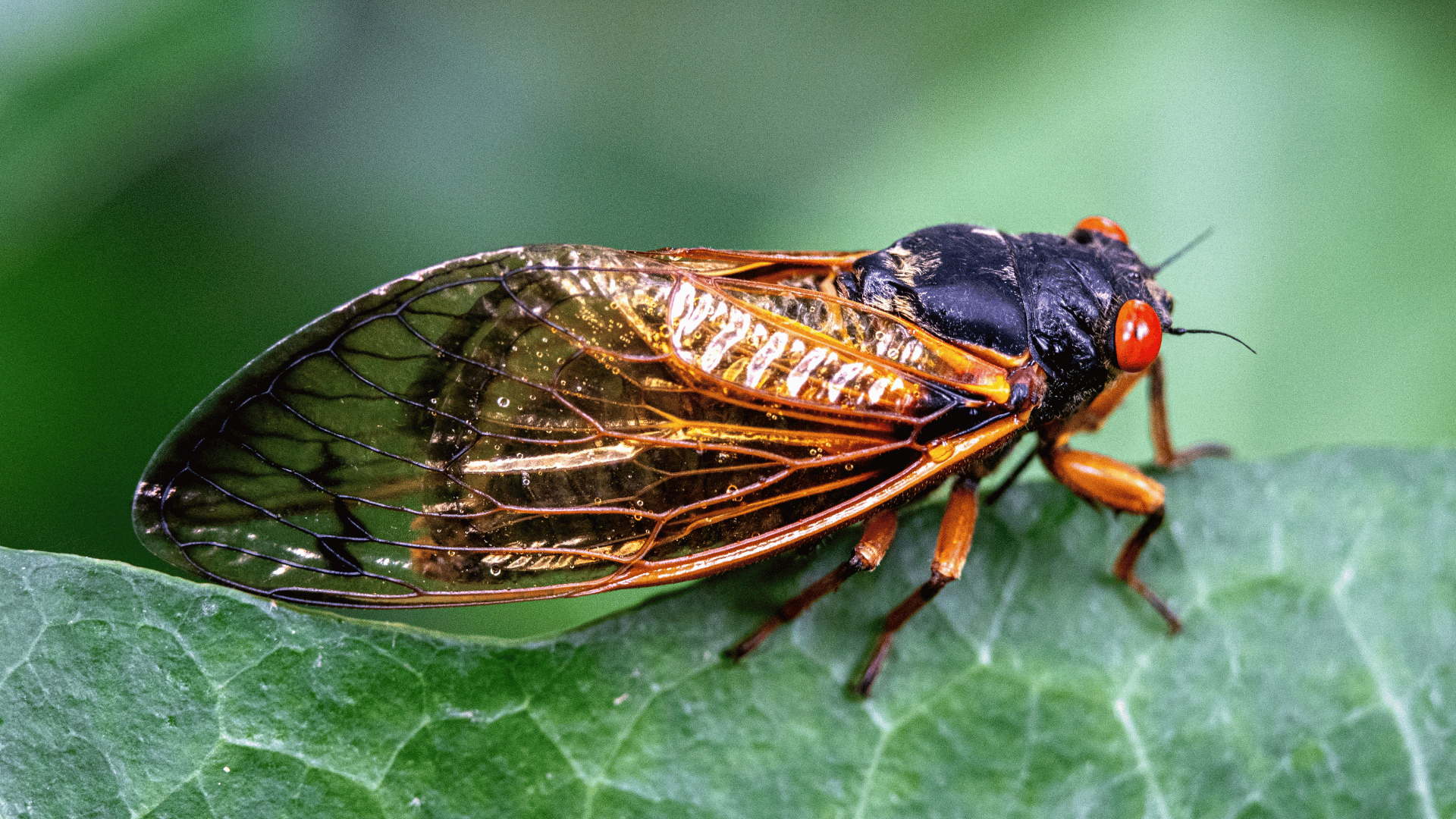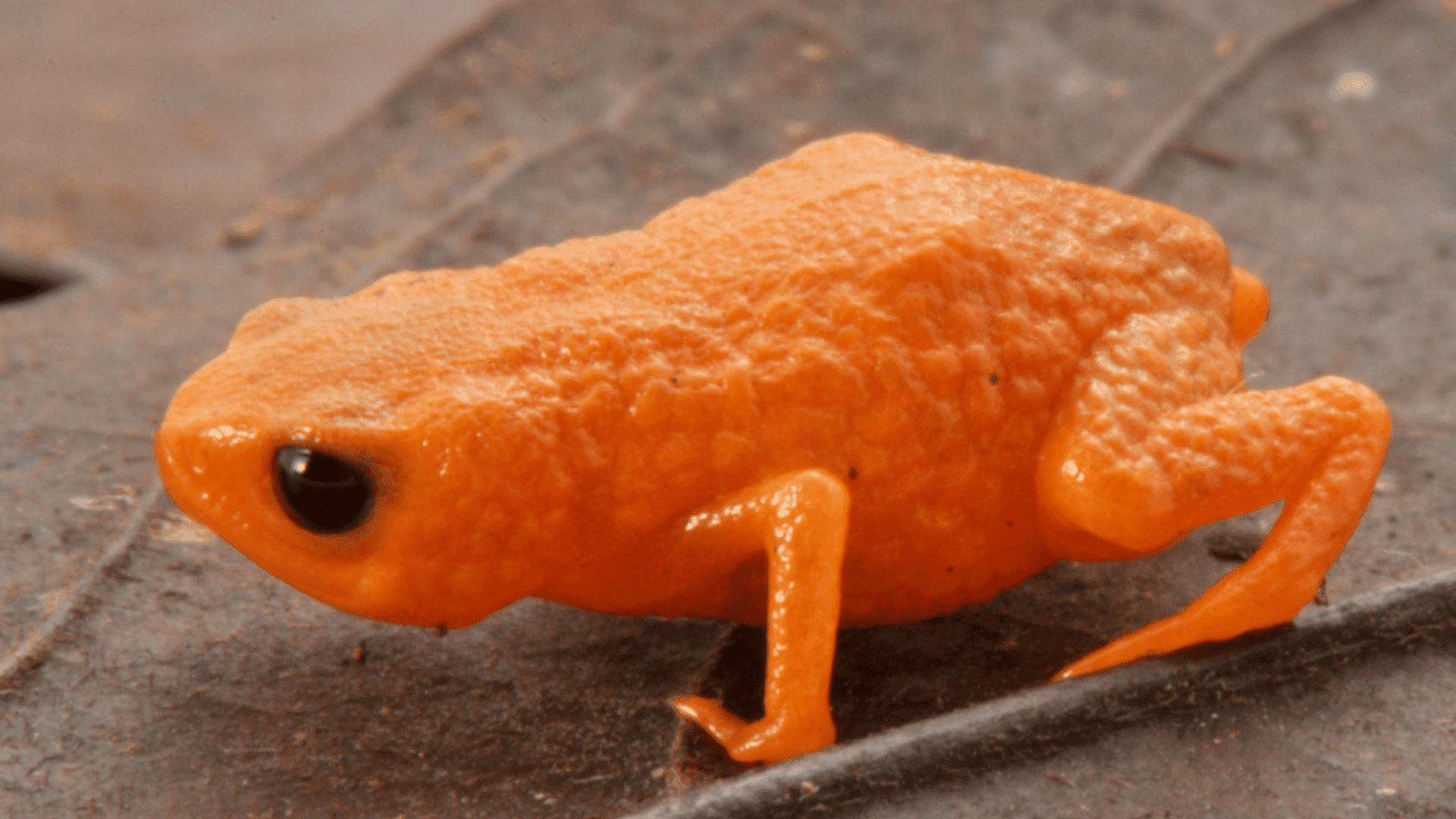According to experts, a brood of billions of cicadas will emerge and hit at least 12 states across the U.S.
Brood XIV, which is considered the second-largest periodical cicada brood, is one of 15 broods of cicadas that emerge every 13 to 17 years, reported the Cincinnati Enquirer. Cicadas typically emerge during the second half of May, when soil temperatures reach 64 degrees.
Though cicadas emerge annually worldwide, periodical cicadas like Brood XIV are found in the eastern United States.
Where Will They Emerge?

USA Today spoke with Gene Kritsky, founder of Cicada Safari, who said the group will likely emerge in Georgia, Kentucky, Maryland, Massachusetts, New Jersey, New York, North Carolina, Ohio, Pennsylvania, South Carolina, Tennessee, Virginia, and West Virginia, and in nine southern counties in Indiana.
John Cooley, an associate professor in residence in the Ecology and Evolutionary Biology department at the University of Connecticut, also told USA Today that in Massachusetts, Brood XIV will emerge in a small part of Cape Cod, in New York, Brood XIV will emerge on a small part of Long Island, and in Indiana, the brood will be in the southern part of the state, west of Louisville.
“There’s a bit of confusion … in southern Ohio around Cincinnati,” Cooley said. “There’s quite a lot of off-cycle emergence, such that broods may be displacing each other.”
The U.S. Forest Service also released a detailed map of the different areas that will see cicadas, broken down by brood.
When Will They Emerge?
According to Kritsky, this is when cicadas will likely begin to emerge in different areas:
- Third week of April – northern Georgia
- Fourth week of April – southern Tennessee and South Carolina
- First week of May – central Ohio, northern Tennessee, western Virginia
- Second or third week of May – West Virginia, northern Kentucky, southern Ohio, Maryland, and Massachusetts
Where Will We See the Most Cicadas?
Cooley previously said Kentucky and Tennessee will likely see the most cicadas in 2025. Georgia, the Carolinas, and Pennsylvania will also reportedly see large numbers of cicadas this year.
Benefits of Cicadas
Though cicadas are mainly known for their noise pollution and overpopulation, there are some benefits to having the little critters around. They’re a valuable source of food for birds and other predators, they aerate lawns and improve water filtration on the ground, and they add nutrients to soil as they decompose. They also help to prune weak or diseased branches of trees as they emerge, which indirectly benefits overall tree health.







